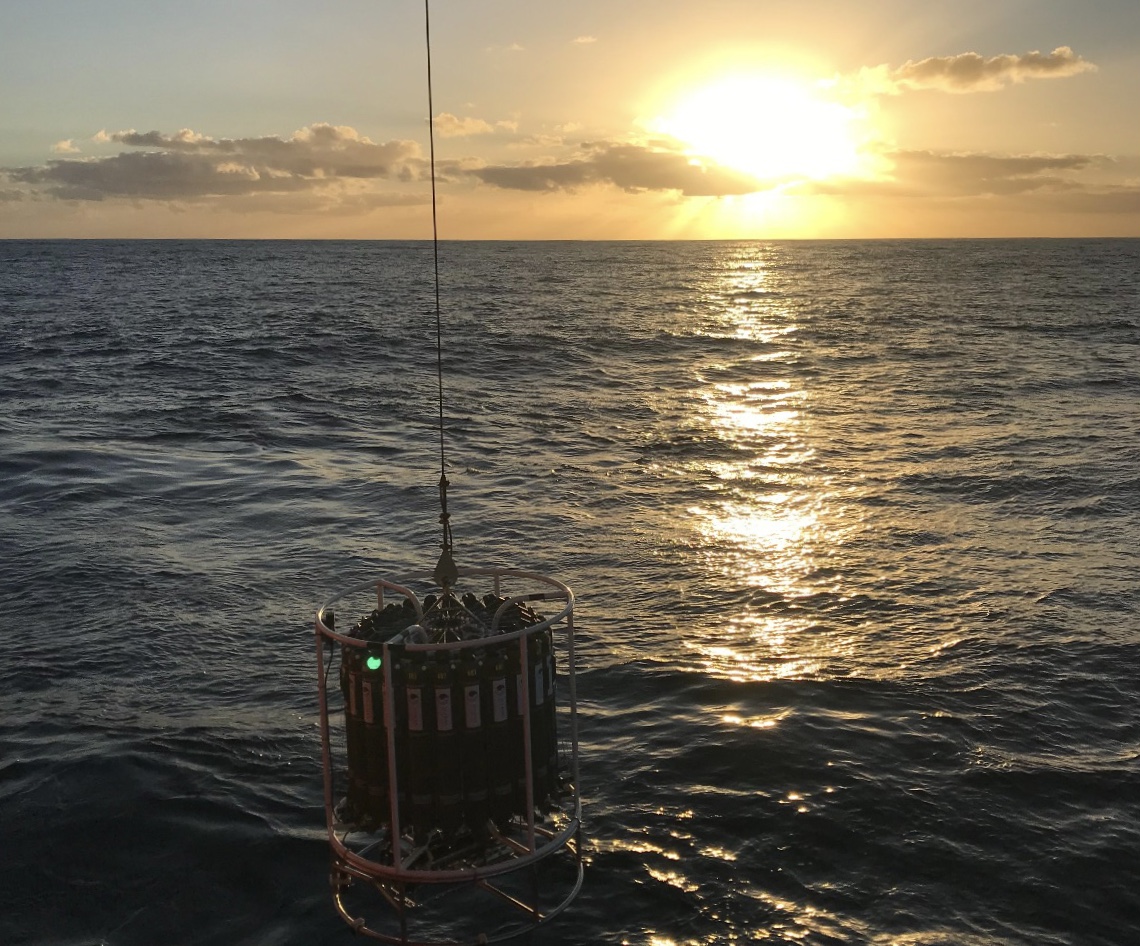Searching for methylmercury degrading microbes in the deep ocean
By Isabel Sanz-Sáez and collaborators
 The ocean is the Earth´s largest biome and regulates vital biogeochemical cycles. However, since the industrial era, human activities have introduced a huge variety of pollutants disturbing these biogeochemical cycles. One of these pollutants is mercury (Hg), which has increased dramatically as is currently found in all terrestrial and aquatic ecosystems. Mercury is one of the most toxic heavy metals and its organic form, monomethylmercury (MeHg), becomes a dangerous neurotoxic that bioaccumulates in aquatic food webs, posing health risk to millions of people due the consumption of seafood.
The ocean is the Earth´s largest biome and regulates vital biogeochemical cycles. However, since the industrial era, human activities have introduced a huge variety of pollutants disturbing these biogeochemical cycles. One of these pollutants is mercury (Hg), which has increased dramatically as is currently found in all terrestrial and aquatic ecosystems. Mercury is one of the most toxic heavy metals and its organic form, monomethylmercury (MeHg), becomes a dangerous neurotoxic that bioaccumulates in aquatic food webs, posing health risk to millions of people due the consumption of seafood.Despite global initiatives to stop Hg increasing levels, there are fundamental gaps in our understanding of the biological processes involved in MeHg formation and degradation in the ocean, and specially in the deep ocean. In this study, we analysed samples collected from the deep ocean (down to 4000 m depth) during a global expedition to study the microorganisms responsible for the biodegradation of MeHg. We specifically looked for the genes merA and merB, which are the ones involved in this process, and explored the abundances, diversity, activity and environmental factors affecting their distribution. Our research uncovered that these potential MeHg degrading microbes are widely distributed and active in the deep ocean and identified the responsible bacterial groups. We also found that deep-ocean particles contain high abundances of the merA and merB genes, and that factors such as the age of water masses and the composition of organic matter, play a crucial role in shaping these communities. This study provides new insights into the widespread genetic potential for MeHg degradation in the deep ocean, shedding light on a previously missing piece in our understanding of mercury cycling in the global ocean.
Read the full study here:
Sanz-Sáez, I., Bravo, A. G., Ferri, M., Carreras, J.-M., Sánchez, O., Sebastian, M., … Acinas, S. G. (2024, July 24). Microorganisms Involved in Methylmercury Demethylation and Mercury Reduction are Widely Distributed and Active in the Bathypelagic Deep Ocean Waters. Environmental Science & Technology. American Chemical Society (ACS). http://doi.org/10.1021/acs.est.4c00663
Text written by Isabel Sanz-Sáez and edited by Clara Ruiz and Félix Picazo
